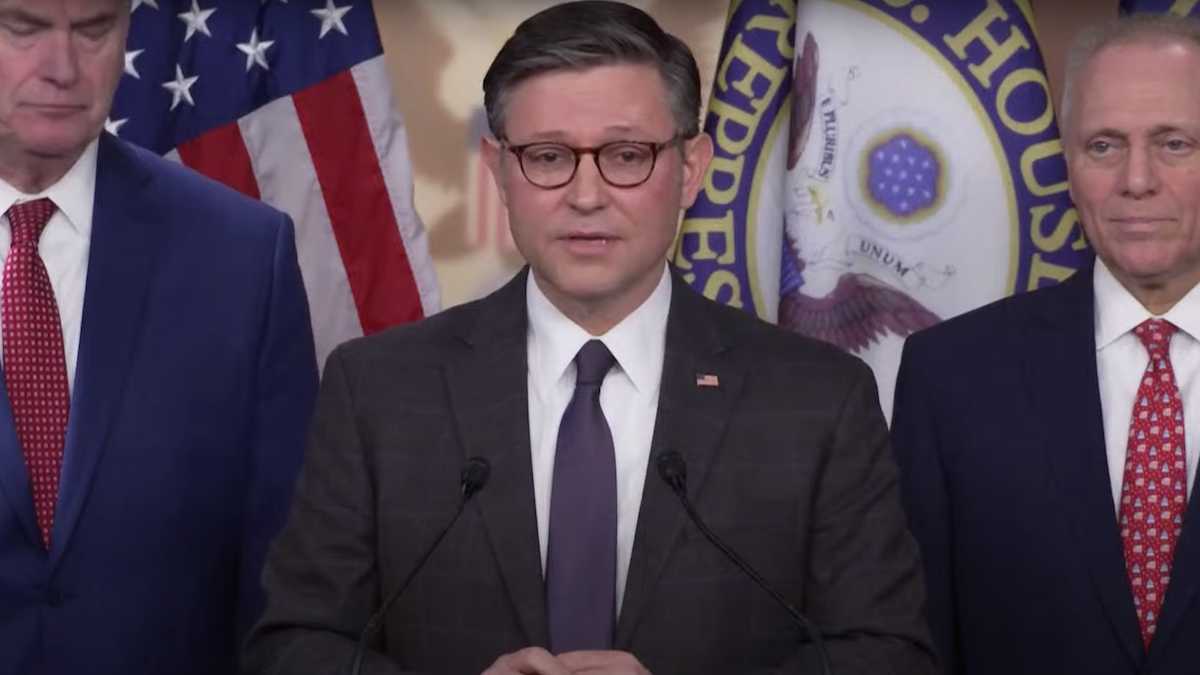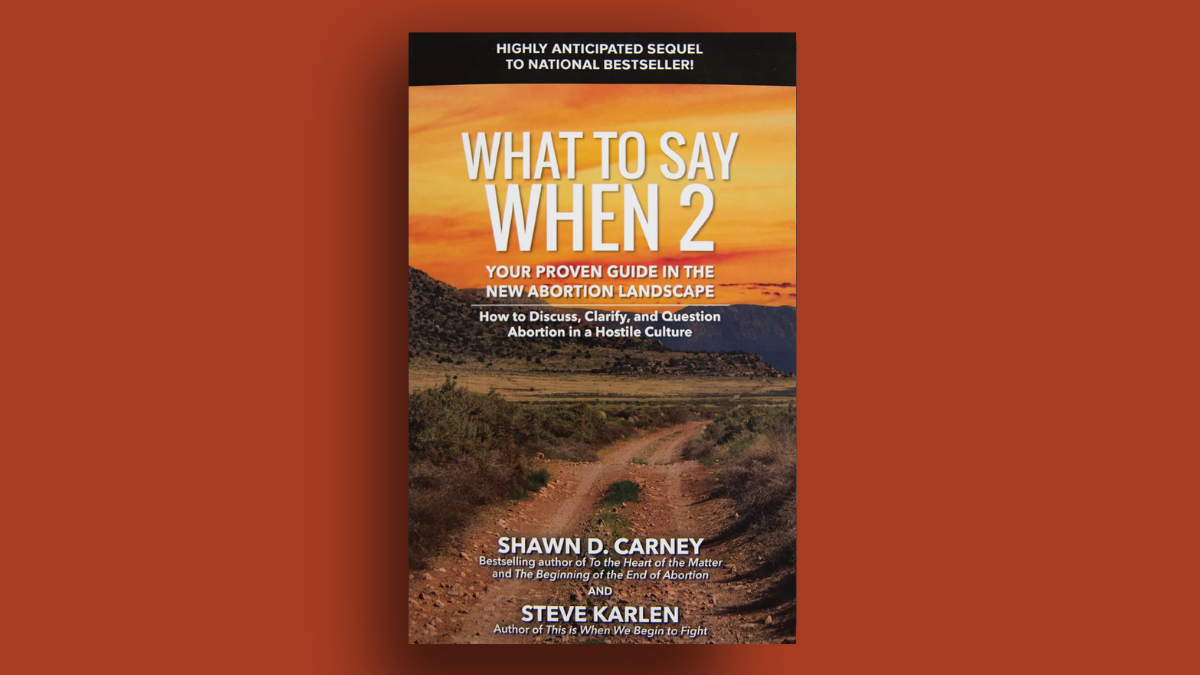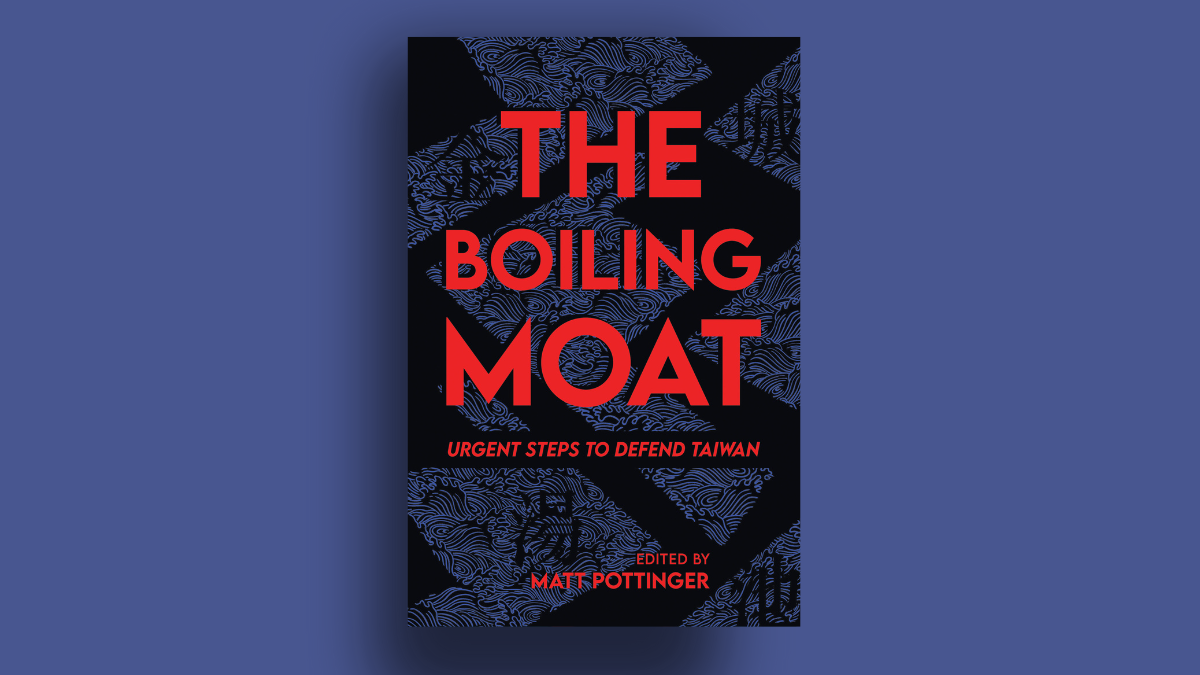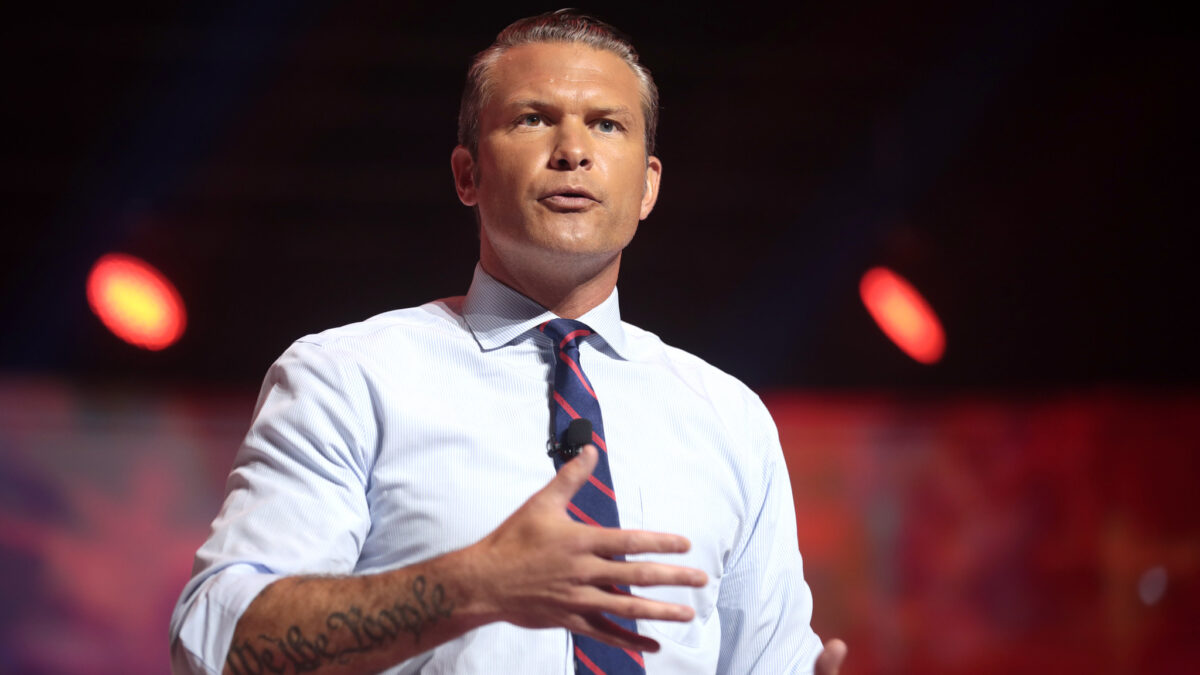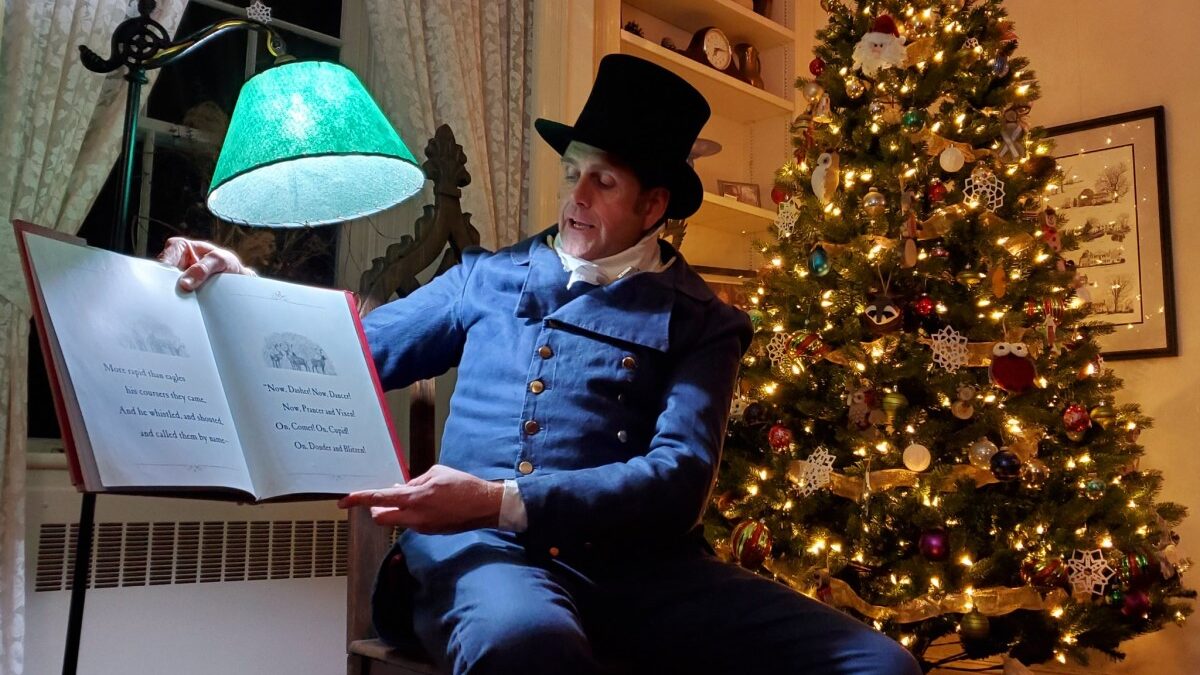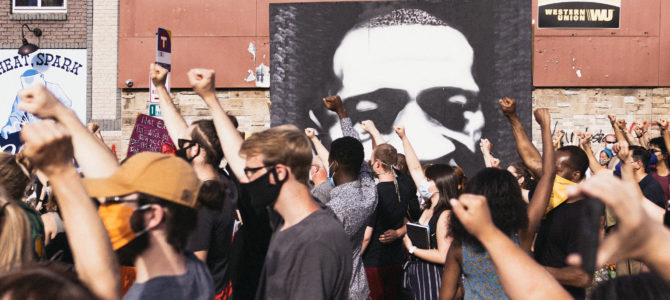
Jury selection for the trial of Officer Derek Chauvin for the murder of George Floyd began this week. Despite how it’s been portrayed by activists and most reporters, it’s been a difficult process precisely because Floyd and Chauvin’s story isn’t a tale of good or evil. It’s a story of hard streets, difficult decisions, heightened tempers, and hard drugs. It’s a story about human beings, our duties, our failings, and our weaknesses.
If you think it’s hard to watch the final eight minutes of the infamous video, try watching the whole thing. Bodycam footage leaked in August showed officers in a rough neighborhood alternating between frustrated curses and gentle assurances as they dealt with a man whose fear of police interaction was heightened to a sometimes-sobbing paranoia, triggered by having been shot in the past and spurred on by the active effects of drugs on his mind.
Floyd was a big man, and the childlike state of mind officers found him in is hard to square with the sudden bursts of reality when he exerted clear physical strength and resisted. He begged them not to shoot him — and 39 seconds after an officer pulled his gun, he holstered the weapon he no longer worried he’d need. But no matter what the police said or did, from the start Floyd’s state of mind was stuck in one gear.
“He got a thing going on, I’m telling you, about the police,” Shawanda Renee Hill, a woman who was with Floyd, told officers on the scene. “He have problems all the time when they come, especially when that man put that gun like that.”
As officers brought him toward their SUV, Floyd appeared unwilling to stand up, and began to hop and repeatedly yell “please!” Anyone who has been far, far too drunk in his youth, those out there who might have gotten too high, or even those who have suffered a panic attack can sympathize with Floyd’s paranoid state, barely responsive to outside inputs. Likewise, anyone who has had to deal with someone in these states, as a family member, teacher, or maybe just a friend, can sympathize with the police, who were called to investigate passing counterfeit money — a federal crime.
Officers said they would crack the SUV’s window and promised to stay with Floyd, who at that point in his psychosis — six and a half minutes into wrestling with arrest from multiple officers — said claustrophobia was making it difficult to breathe and didn’t want to be left alone. As one policeman circled around to pull him into the back seat, Floyd began to scream — and scream he couldn’t breathe in the SUV — yelling he would rather lay on the ground instead, and kicking his way back out onto the street.
At that point, it had been nearly 10 minutes since the interaction began, and nearly nine minutes since officers and Floyd had begun physically struggling. “I can’t breathe,” Floyd repeated, hyperventilating while officers assured him he was “talking fine” and needed to breathe deeply.
After a few more minutes of rolling and yelling, Floyd went limp. Chauvin’s infamous pin to the neck wasn’t removed as the police waited what seemed like forever for an ambulance, and Officer Thomas Lane, who had been present the entire time, asked if Floyd should be rolled onto his side. Lane was worried about “excited delirium,” a state that can result in resistance, aggression, and “superhuman strength” — but also lead to death.
Most of us are familiar with this last part of the video, although few likely saw Lane follow Floyd into the ambulance and perform chest compressions once EMTs realized he was in cardiac arrest. Even more of us know Floyd died that day and that the coroner listed the cause as homicide, although few know the report cites fentanyl in Floyd’s system and “recent methamphetamine use” as notable contributing factors to his fatal heart attack.
But it’s been nearly 10 months since that day, and seven since the longer recording was leaked. Why relive any of this now?
Because jury selection for the murder trial of Chauvin began this week, with proceedings set to begin this month. Because lawyers and advocates for Floyd’s family have told news cameras there’s no justice without a murder conviction. And because a country as divided as ours sometimes seems incapable of seeing anything but good and evil, black and white.
None of the above is to convince anyone that Floyd is guilty or Chauvin innocent, but to illustrate just how sad, murky and complicated that day in Minneapolis, Minn. was. May 25 didn’t tell a story of heroes or villains, and the whole 30 minutes don’t fit neatly into any political cause, even if eight minutes seem to.
As the trial of Chauvin begins, and tensions once again run high, let us pray for the soul of Floyd, for all who are involved, for Minneapolis, and for our country. We all need it.


